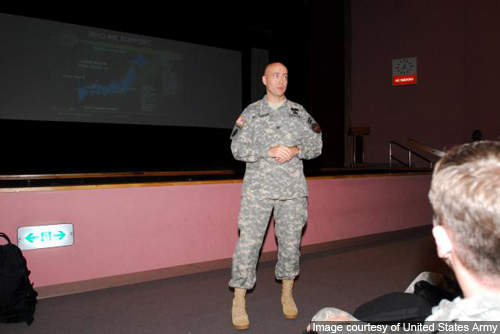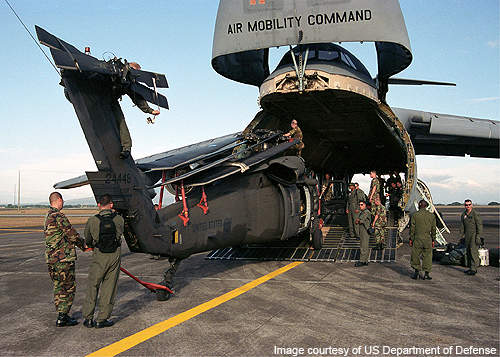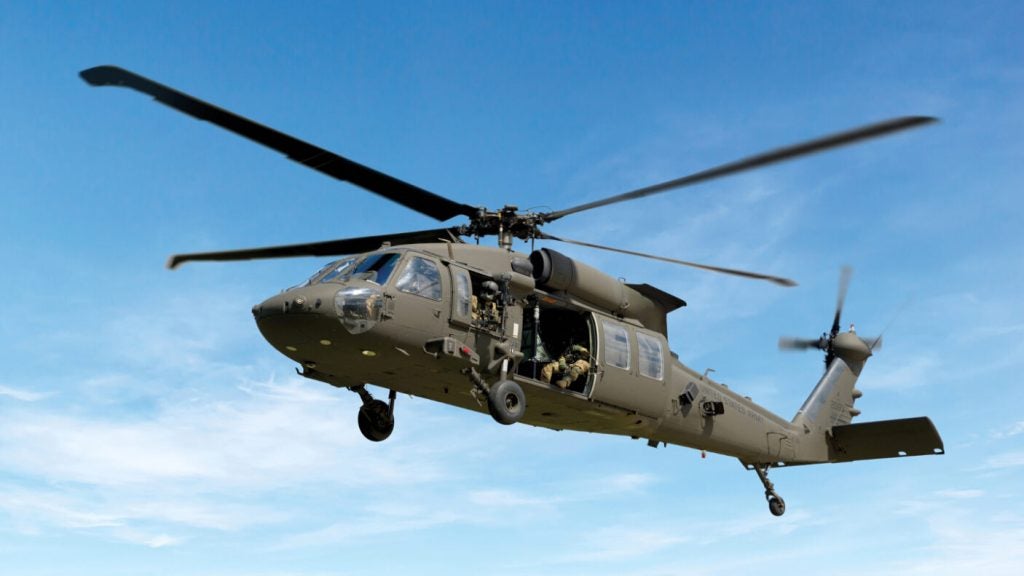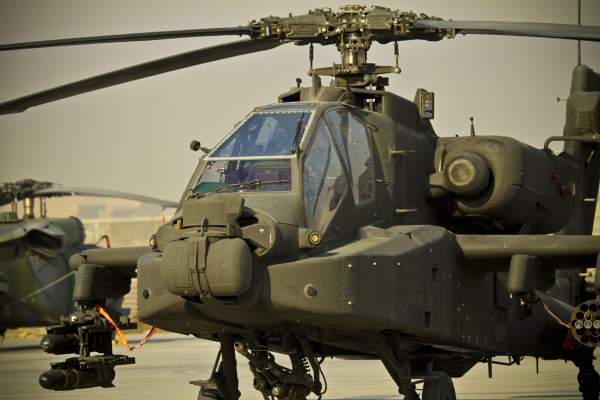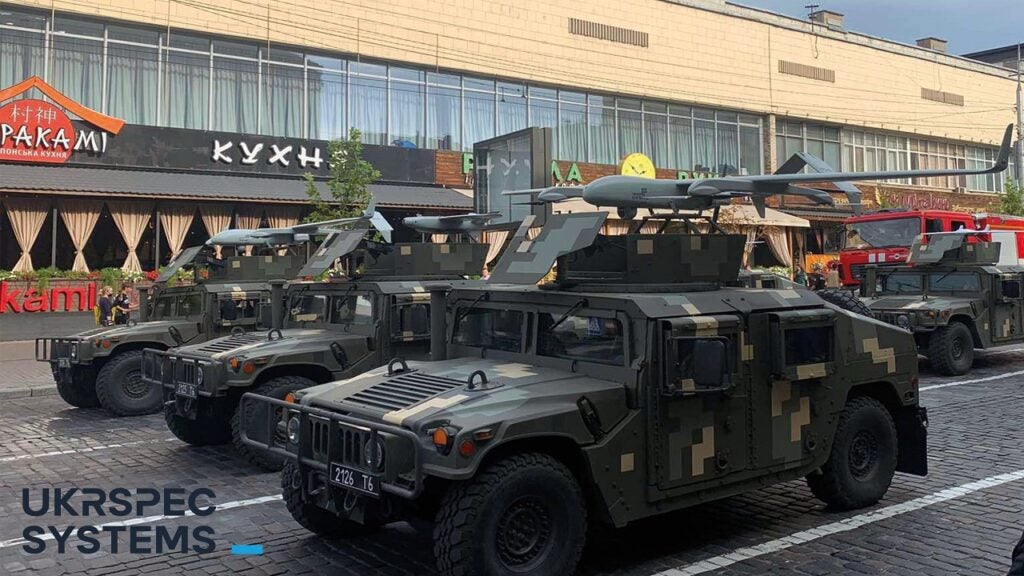Camp Zama, known locally as the ‘Jewel of the Orient’, is located within the cities of Zama and Sagamihara in Kanagawa prefecture in Honshu, Japan.
The camp houses the 9th Theatre Army Area Command, the 17th Area Support Group, the United Nations Command (Rear) and the 500th Military Intelligence Brigade. Other units at the base include the US Army Corps of Engineers, Japan District, and the 78th Signal Battalion, the 3rd Engineer Group of the Japan Ground Self-Defence Force.
The United States Army Garrison (USAG), Japan, was activated at Camp Zama in May 2003. The USAG is the headquarters of the front command and control of the US Army. It is responsible for Japan’s security and works in the east in cooperation with the Japan Ground Self-Defence Force.
Camp Zama history
The Japanese Military Academy was transferred to Zama in 1937.
Eight companies of the first and second-term classes were based at the site. The Greater East Asia War prompted an increase of students and educational equipment and the acquisition of more land for new buildings. Additional quarters were built in the front and south sides of the school by 1940. By the end of the war, the accommodation capacity was raised to house 20 companies of students.
Following the transfer of the Japanese military academy to Zama, the central headquarters established a range of army bases and military industrial areas in the Sagamihara area. Some of the military units established at Sagamihara include: Sagami Arsenal (now Sagami General Depot), the Communication School (now Sagami Women’s College), the First Telegraph Regiment (now US-dependent housing), Provisional Tokyo No 9 Military Hospital (now National Sagamihara Hospital) and Armour Equipping School (now Camp Fuchinobe).
Camp Zama was attacked by the Revolutionary Army (Kakumeigun) in November 2002 and February 2007.
Design and construction
The camp receives natural protection from the Tankard Mountain Range. The military installations were built in Zama City and housing units were constructed in neighbouring Sagamihara. The Fujita Construction Company built the academy buildings between 1936 and 1937. A highway between Haramachida station and Zama Heights was built in 1938.
The camp’s manoeuvring ground was created behind the military academy. It was a combination of the manoeuvring grounds of other units. It was later converted into housing areas, factories, a golf course and farms.
Base facilities
Troops at the camp are accommodated in family and unaccompanied personnel housing units. The buildings were built by the Government of Japan under the Facilities Improvement Programme. The Sagamihara Family Housing Area, Camp Zama Housing Area and Sagami General Depot Housing Area accommodate sponsors and their families assigned to the base. Temporary lodging is provided at the Zama Lodge.
Air facilities
An operational air traffic control tower at Kastner Army Heliport controls air operations and landing sites at the camp. The heliport features two helipads surfaced with asphalt. The 78th Aviation Battalion provides tactical rotary-wing support to combat forces undergoing training in Japan.
The Kastner Army Heliport facilities include an operational control tower, aircraft refuelling and maintenance facilities. UH-60 Blackhawks and UC-35 Cessna Ultra jets flying from the heliport provide passenger transportation, disaster relief, cargo transport and casualty transfers.


